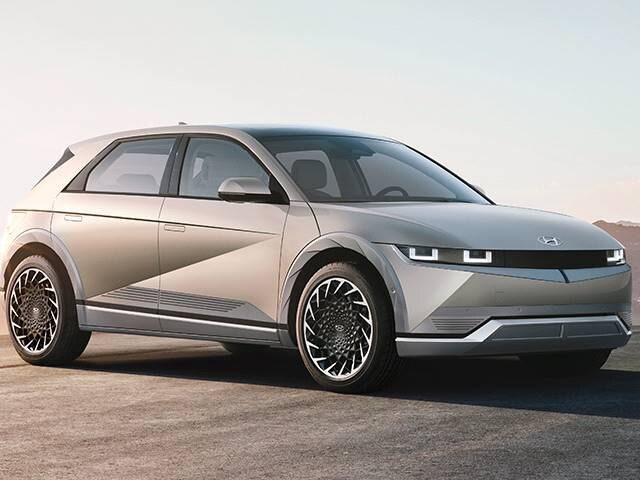Ideally, you'd have a level-2 charger at your destination. That way, you could arrive "on empty" and have a "full tank" in the morning. Otherwise, you'd have to Supercharge in Bozeman (both coming and going).
(Destination charging is an amenity we should begin to expect every hotel and airbnb to provide. You wouldn't book a hotel that didn't provide Wifi, would you?)
Have you ever been to Gardiner? The good news is that it is very convenient to Yellowstone. The bad news is that the entire town barely has internet service, at the end of an 80 mile long cable.
But I understand your point. Fast charging in Bozeman both ways leaves you no miles to go into the park, which is frankly the only reason one visits Gardiner. Inside the park, most of the areas have no power, and in some of the big visitor areas, it's still 110 (not 120). Seriously. And adding infrastructure to areas that may just decide to sink, rise, or become a boiling pool is no mean feat.
But I admit this is the edge case.


